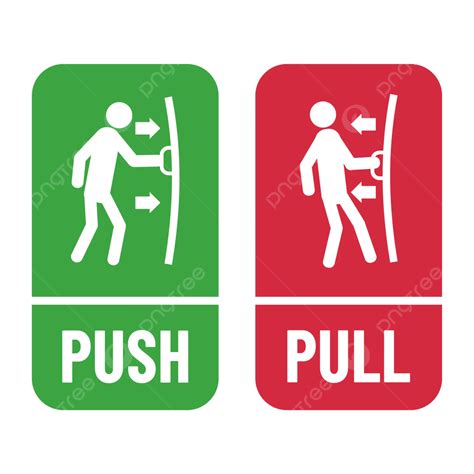What’s the most efficient workout split for peak strength & muscle gain?

Understanding Workout Splits: The Foundation of Progress
For anyone serious about building peak strength and maximizing muscle gain, the way you structure your training sessions—your workout split—is a critical factor. It determines how often you hit each muscle group, the volume of work per session, and ultimately, your recovery time. While there’s no single “best” split for everyone, understanding the science and common approaches can help you tailor a routine that aligns with your goals, schedule, and recovery capacity.

Key Principles for Optimal Strength & Muscle Growth
Before diving into specific splits, let’s briefly touch upon the foundational principles:
- Training Frequency: How often you stimulate a muscle group. Higher frequency generally leads to better gains, especially for strength.
- Training Volume: The total amount of work (sets x reps) performed. Sufficient volume is essential for hypertrophy.
- Progressive Overload: Continuously increasing the demands on your muscles (e.g., more weight, reps, sets, or reduced rest). This is non-negotiable for ongoing progress.
- Recovery: Adequate rest, sleep, and nutrition are paramount for muscle repair and growth.
Popular Workout Splits Explored
1. Full-Body Split (3x/Week)
How it works: You train every major muscle group in each session, typically three times a week with a rest day in between (e.g., Mon/Wed/Fri).
Pros: Excellent training frequency for all muscles, great for beginners to learn movements, efficient if you have limited gym days, allows for maximum recovery between sessions for individual muscle groups. High frequency is well-supported for both strength and hypertrophy.
Cons: High perceived exertion per session, might be challenging to achieve very high volume for each muscle group in one go, advanced lifters might find it difficult to recover from the intensity if volume is pushed too high.

2. Upper/Lower Split (4x/Week)
How it works: Divides the body into upper body days and lower body days, usually alternating over four days (e.g., Upper/Lower/Rest/Upper/Lower/Rest/Rest).
Pros: Allows for moderate frequency (twice a week per muscle group), enables higher volume per muscle group per session compared to full-body, good balance between frequency and recovery, versatile for different goals.
Cons: Requires four gym days, which might be a stretch for some schedules.
3. Push/Pull/Legs (PPL) Split (3 or 6x/Week)
How it works: Divides workouts based on movement patterns: “Push” muscles (chest, shoulders, triceps), “Pull” muscles (back, biceps), and “Legs” (quads, hamstrings, glutes, calves). Can be run 3 times a week (P/P/L/Rest/Rest/Rest/Rest) or 6 times a week (P/P/L/P/P/L/Rest).
Pros: Highly effective for both strength and hypertrophy, allows for very high volume per muscle group per session, 6x/week version provides excellent frequency (twice a week), ensures all major muscles are worked with their synergistic partners. Great for focused training.
Cons: The 6x/week version demands significant time commitment and can be taxing on recovery if not managed properly. The 3x/week version has lower frequency which might not be optimal for some.

4. Bro Split / Body Part Split (4-5x/Week)
How it works: Each major muscle group (or two small ones) gets its own dedicated day (e.g., Chest day, Back day, Leg day, Shoulders day, Arms day). Typically 4-5 sessions per week.
Pros: Allows for extremely high volume for a single muscle group per session, popular among bodybuilders for “chasing the pump” and achieving deep muscle fatigue, can be satisfying to dedicate a whole session to one area.
Cons: Very low training frequency for each muscle group (once a week), which is generally considered suboptimal for both strength and hypertrophy compared to higher frequency approaches, especially for natural lifters. Long recovery periods between hitting the same muscle.

Choosing Your Most Efficient Split
The “most efficient” split isn’t universally fixed; it depends on several individual factors:
- Your Experience Level: Beginners often thrive on full-body splits due to frequent motor pattern practice. Intermediate and advanced lifters might benefit from higher volume splits like Upper/Lower or PPL.
- Time Commitment: How many days per week can you consistently dedicate to the gym? A 3-day full-body or PPL might be better for busy individuals than a 6-day PPL.
- Recovery Capacity: Are you sleeping well, eating enough, and managing stress? More frequent or higher volume splits demand better recovery.
- Specific Goals: While all these splits can build muscle and strength, PPL and Upper/Lower are often favored for maximizing both in intermediate to advanced lifters due to optimal frequency and volume.
- Enjoyment: Consistency is king. Choose a split you genuinely enjoy and can stick to long-term.

Conclusion: Consistency and Adaptation are Key
Ultimately, the “most efficient” workout split is the one you can adhere to consistently, that allows for progressive overload, and supports your recovery. While evidence increasingly points towards higher training frequency (2-3 times per muscle group per week) being superior for muscle and strength gains, splits like Full-Body, Upper/Lower, and PPL are generally excellent choices that fit this criteria. Experiment, listen to your body, track your progress, and be willing to adapt your split as your goals and circumstances evolve. The best program is the one you can stick with and continually make progress on.









